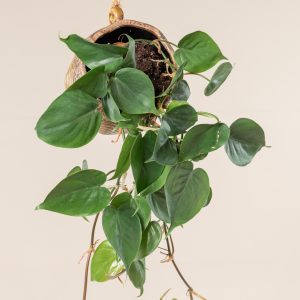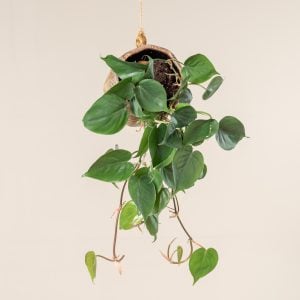Syagrus romanzoffiana
Queen Palm, Cocos Palm
A medium-to-large solitary palm which, even while young, displays the plumose leaves which make it so popular. Related to coconuts, but suited to a much wider range of climates, the Queen Palm has become popular worldwide as both an indoor plant, and as an outdoor palm in warmer climates.
Young plants can be slow to begin with so be sure to feed and water regularly during the warmer months to encourage new growth. As the plant matures, the attractive leaves get bigger and bigger until it eventually forms a trunk.
Want to be notified when this product is back in stock?
Did you know?
Care & Size Guidance
Young specimens have an upright growth habit which makes them perfect as a houseplant. Dramatic leaves are nearly vertical until the plant has started forming a trunk.
Although tender when young, mature plants can tolerate one or two degrees of frost, but we haven’t seen any specimens growing outdoors in the U.K. The northernmost specimen we know of is in Brest in Brittany, northern France.
Responds well to regular feeding with a palm fertiliser from April to September.









Reviews
There are no reviews yet.